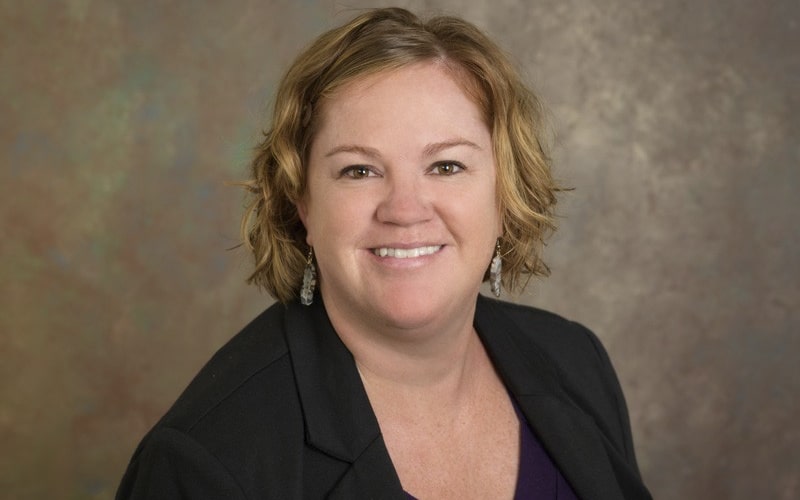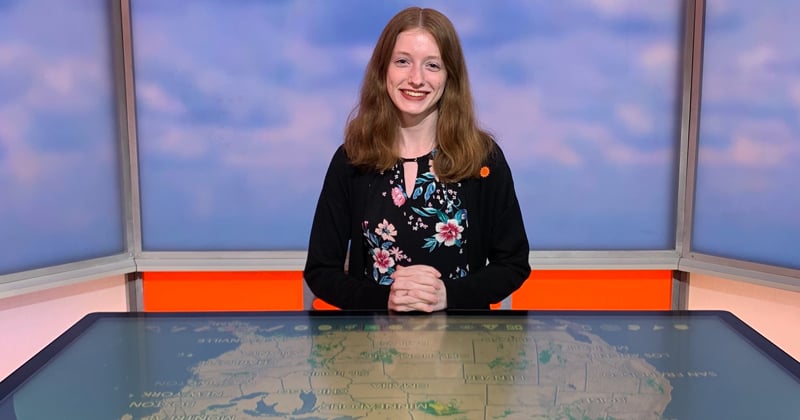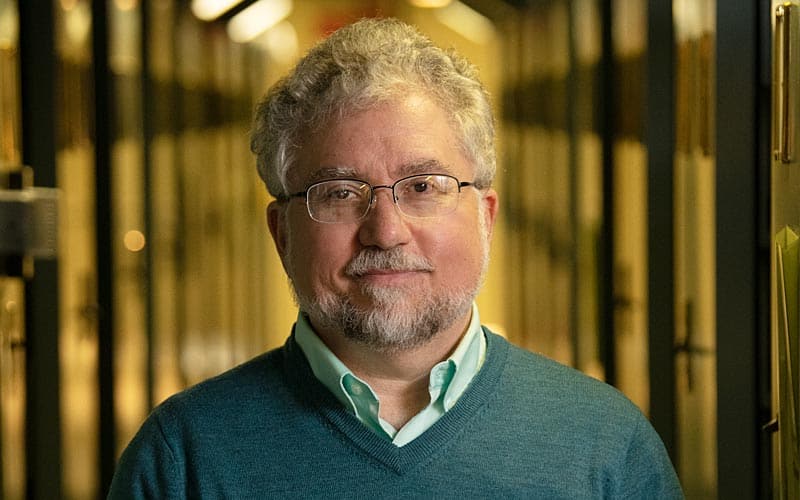 Research & Discovery
Research & Discovery
A Blog Devoted to UD Innovation, Excellence and Scholarship
Research & Discovery
A Blog Devoted to UD Innovation, Excellence and Scholarship
How the sun does what it does
ABOVE: University of Delaware researchers — including (left to right) William Matthaeus, Unidel Professor of Physics and Astronomy, graduate student Ramiz Qudsi and Bennett Maruca, assistant professor of physics and astronomy — have released new findings and calculations about the sun’s atmosphere in a special issue of the Astrophysical Journal, focused on NASA’s Parker Solar Probe mission. Five articles in the issue were written by UD researchers and associates. | Photo and photo illustration by Kathy F. Atkinson and courtesy of NASA’s Goddard Space Flight Center
UD researchers offer glimpse into what NASA’s Parker Solar Probe is showing us
Powerful things are happening constantly in the enormous stretch of space over our heads and researchers are tapping into a powerful new source of information — NASA’s Parker Solar Probe — to learn more about the sun and its fiery, roiling atmosphere.
The Parker Solar Probe (PSP for short) is a car-sized spacecraft launched by NASA in 2018, the fastest human-made object ever built. It is designed to collect and transmit data from deep within the sun’s atmosphere. Already it has gone closer to the sun than any other spacecraft and it will periodically break its own record as its orbits tighten to within four million miles of the sun. It has completed four of the 24 solar encounters expected during its seven-year mission.
The Astrophysical Journal Supplement Series has just published a special issue focused on early findings from the PSP. Five of the articles included were written by University of Delaware researchers, alumni and affiliates. The authors include William H. Matthaeus, Unidel Professor of Physics and Astronomy, Bennett A. Maruca, assistant professor of physics and astronomy, postdoctoral researcher Rohit Chhiber, research associate Tulasi N. Parashar and graduate students Riddhi Bandyopadhyay and Ramiz A. Qudsi.
Matthaeus, who is also director of the Delaware Space Grant Consortium, was among the theoretical physicists who helped NASA design the PSP mission concept. On Sunday, Feb. 9, he plans to be in Cape Canaveral, Florida, for the planned launch of the European Space Agency’s Solar Orbiter, for which he is also a co-investigator of the magnetometer. Solar Orbiter will explore the polar regions of the sun, where magnetic forces are the greatest, collecting data that will complement the data PSP is now returning.
“We’re trying to understand the fundamental physics that makes the heliosphere work,” said Matthaeus, referring to the region in space influenced by the sun or solar wind. “There are more practical problems people work on — like space weather — when they want to do predictions. But the prediction will fail if you don’t understand the fundamental science that’s going on. The predictions would be guesses, really…. A lot of what we’re doing has to do with the distinction between processes that are uniform and homogeneous and those that are highly intermittent or patchy in space.”





